Tulips and Tulipiere
The first stop on our Baltic Sea tour (in 2007) was Amsterdam. Though it was not tulip season, we quickly learned about the importance of the tulip in their history. During many palace tours, I would spot one gorgeous tulipiere after another. What is a tulipiere?
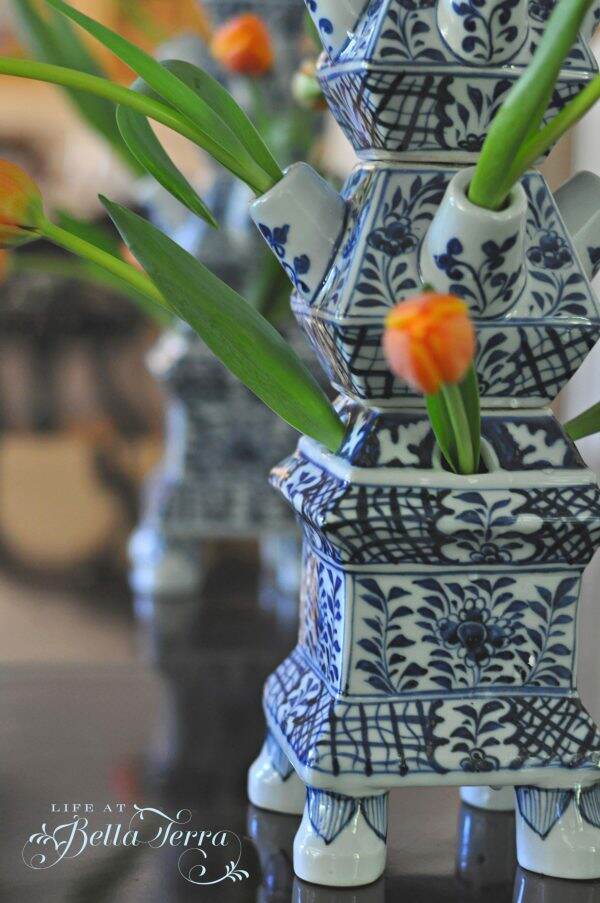
A tulipiere or tulip-holder is an ornate vessel in which to grow tulips, and is usually made of hand-crafted pottery, classically delftware. They are typically constructed to accommodate one single bulb per spout with a larger common water reservoir base.
They were not designed as vases for a cut bloom, as is sometimes supposed, though they could also be used for this.
While fairly uncommon now, during the 17th century tulipieres were used to grow tulip bulbs indoors and were common pieces of decorative art that could often be found in the houses of European elites. Large floor-standing pyramid-shaped tulipieres were particularly ornate and were used as a status symbol to indicate the owner’s wealth.

Since 2007, I have wanted to own a tulipiere. I finally broke down and bought two medium-sized ones from The Enchanted Home. She recently did a blog post on it and I just caved. And I am so glad I did!
Around Valentine’s Day I tend to buy tulips. It is my secret protest to the 2 to 3x increase in rose prices. I am very excited to use my newly acquired tulipieres and share how they work.
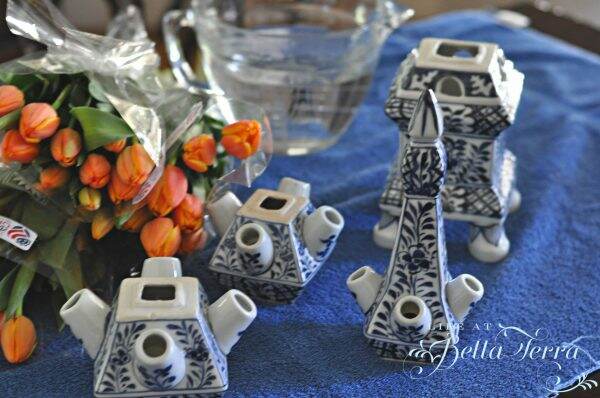
This one comes in 4 separate pieces. I was doing this on my dining room table, I always put down a towel to protect the surface.
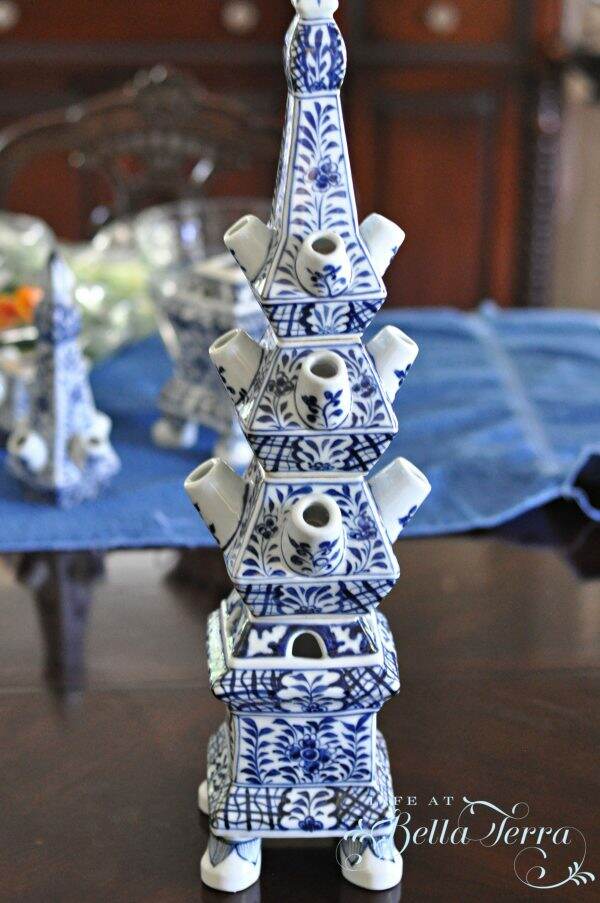
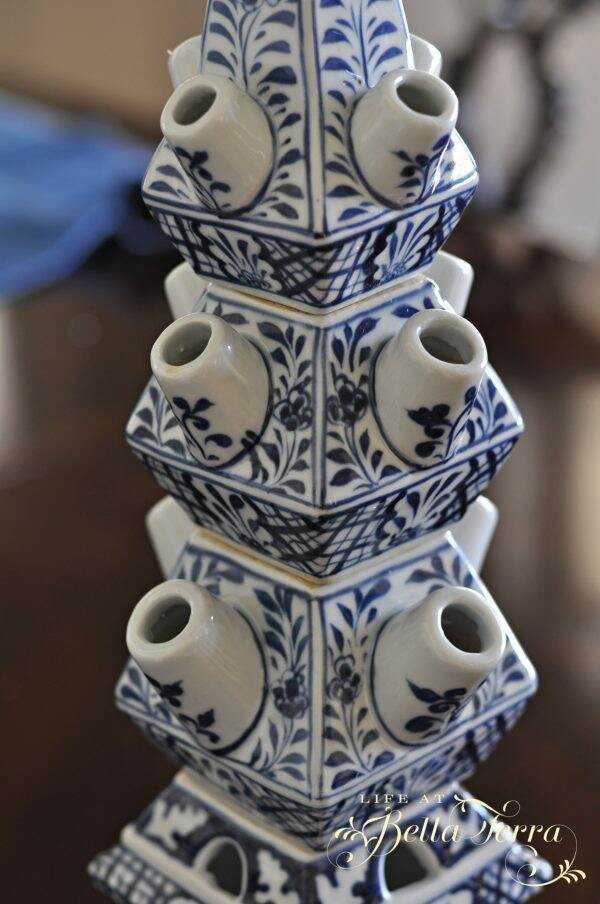
Each section requires water.
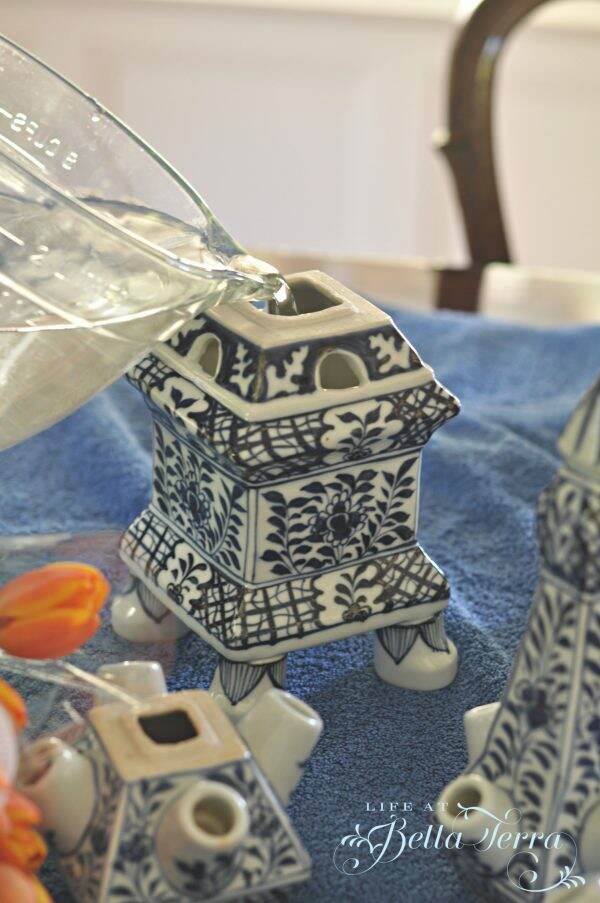
I cut the tulip stem to the size of the vessel as the length varies with each section.
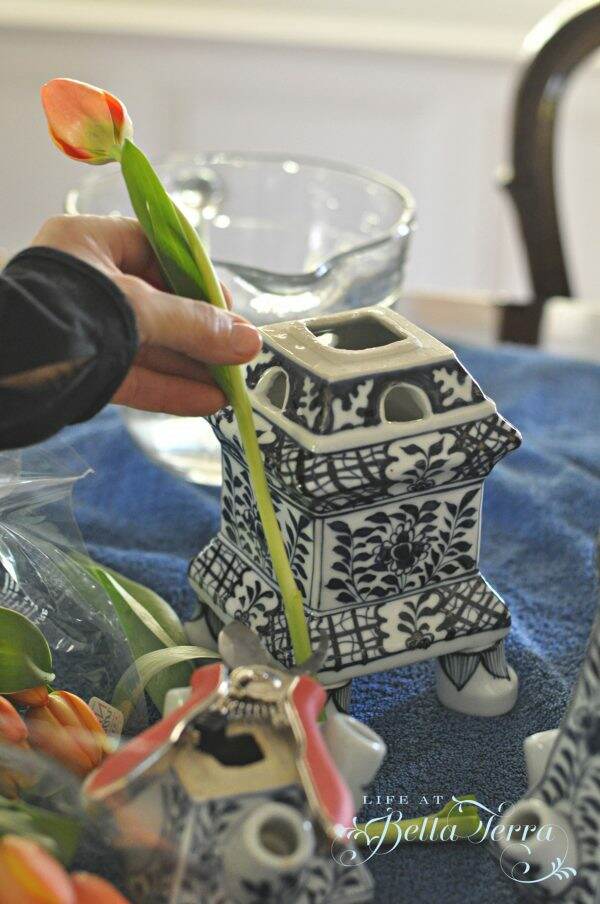
I like my stem mine a bit longer because I like the gentle, loopy arc.
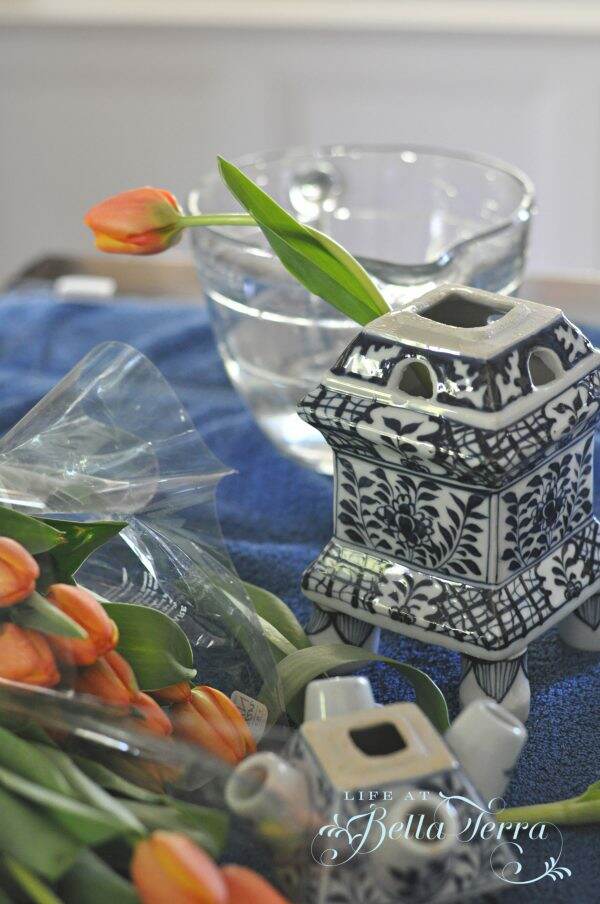
Each section holds 4 tulips.
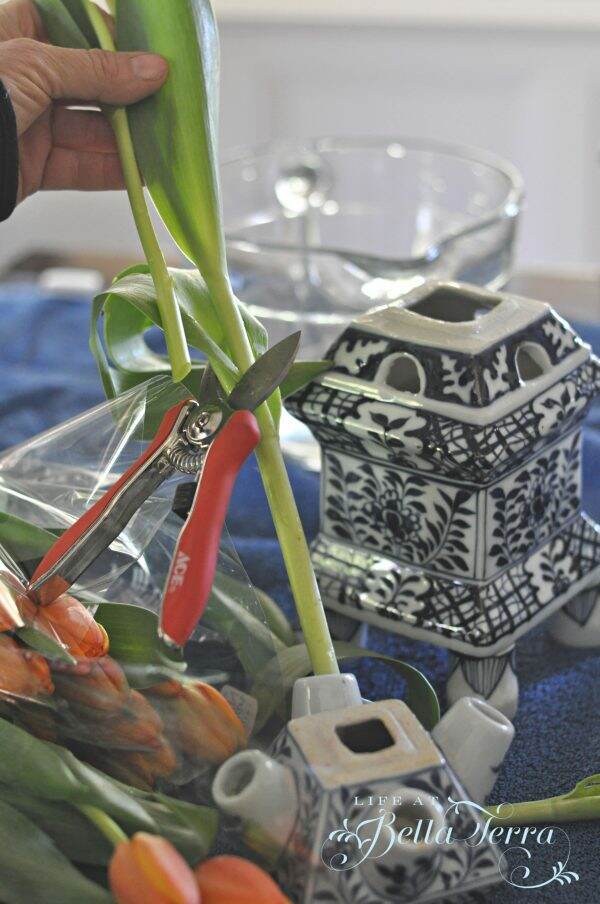
When the bottom portion was filled with water and flowers, I repeated the same process with the rest of the sections.
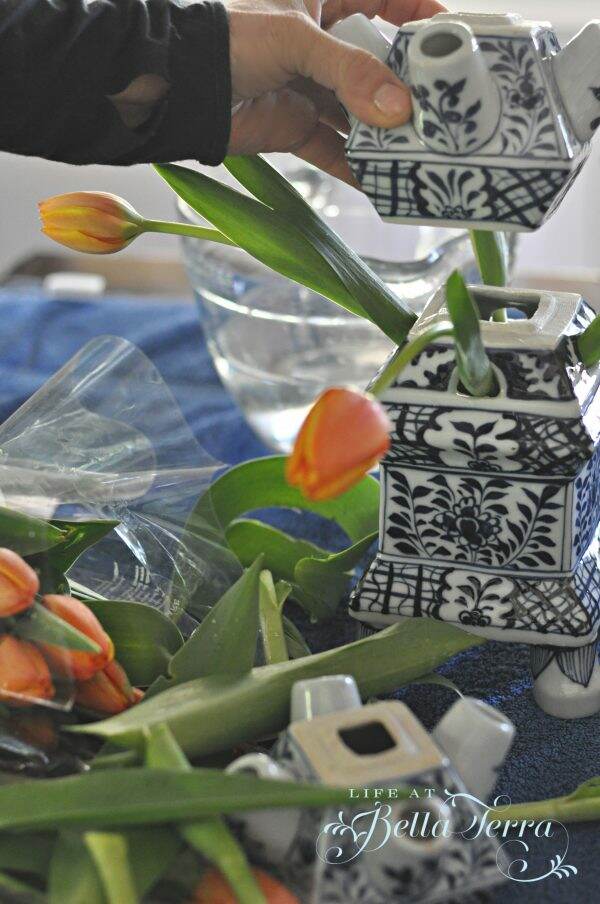

Here is how they look finished!
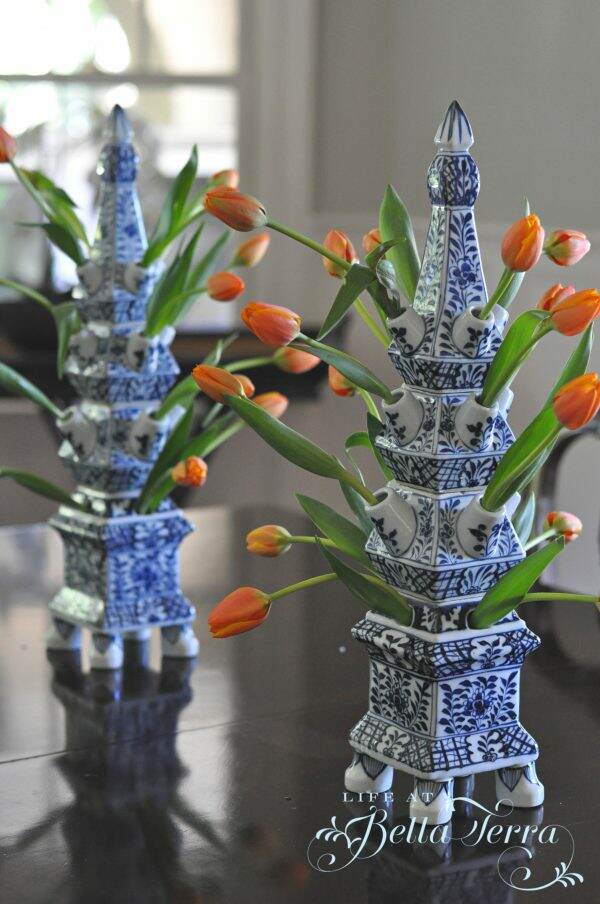
The Enchanted Home did send me adhesive to glue all the sections together, but I don’t see why I would do that. Each section requires its own water and if they were glued together you wouldn’t have access to the opening on the top.
I believe the water and weight of each section keeps the tulipiere supported. Of course, if someone were to grab them quickly and move them, it could be disastrous.
I’m always trying new ways to photograph things for you and I thought you’d enjoy my latest picture. It’s a top down view of the tulipiere~~of course I am standing on the table in my athletic shoes (yikes!) and failed to get my feet out of the picture! Artistic, huh?
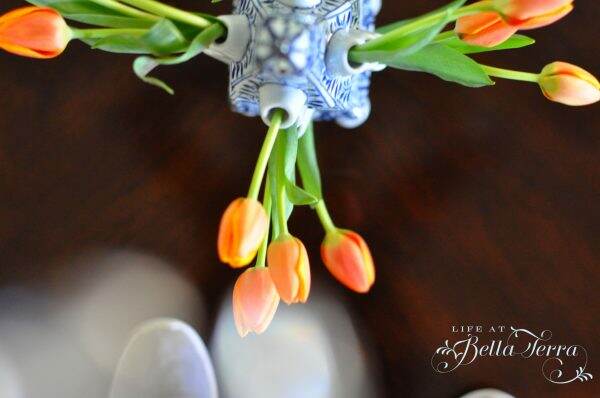
I wonder if I should try planting bulbs inside and see what happens?

Just a reminder that any words that are italicized bring you to the source. If it is a product on Amazon, please note that I am an Amazon Affiliate. If you purchase something through my website, I receive a small (very small!) stipend, which doesn’t affect the price you pay at all. My goal is to make sourcing the items easy for you. Thank you for your continued support.

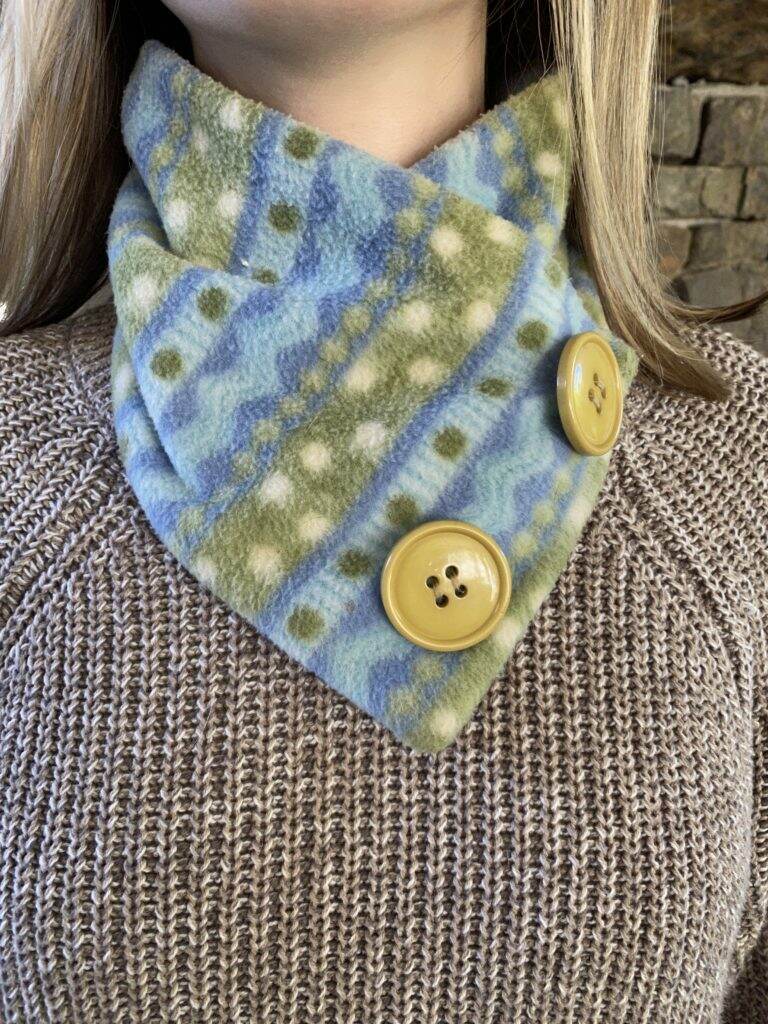

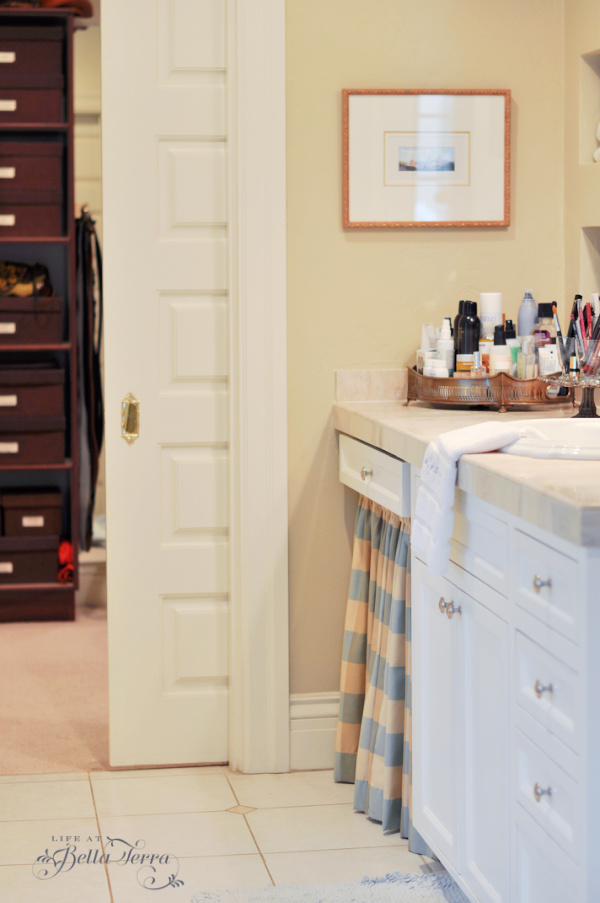
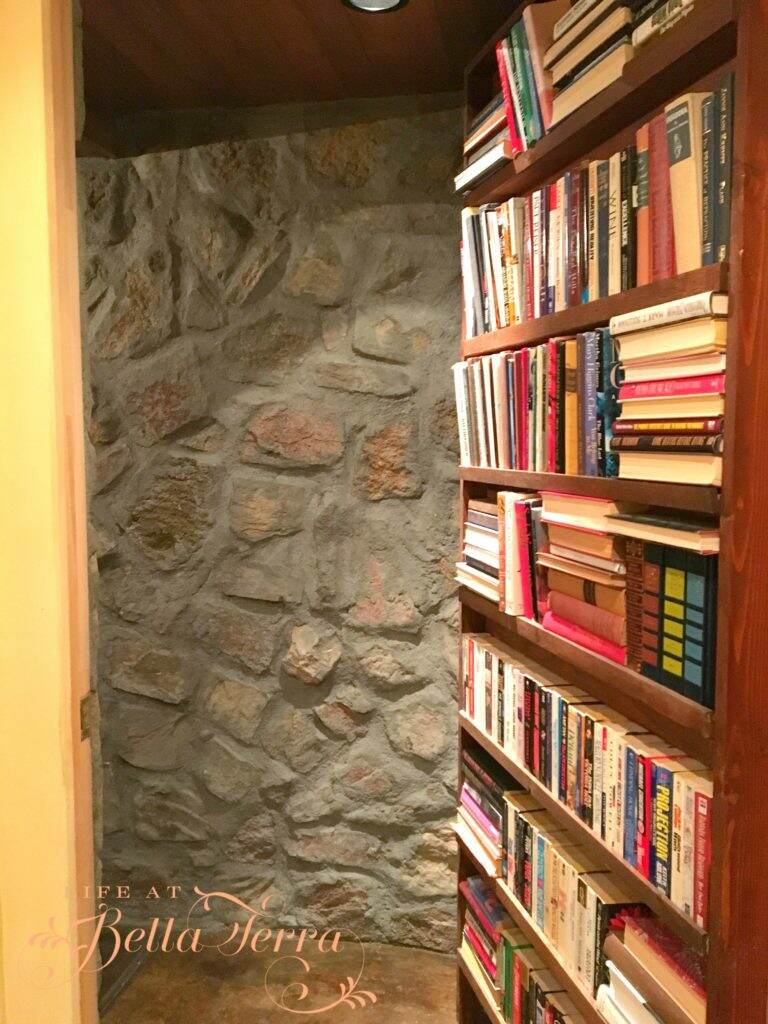

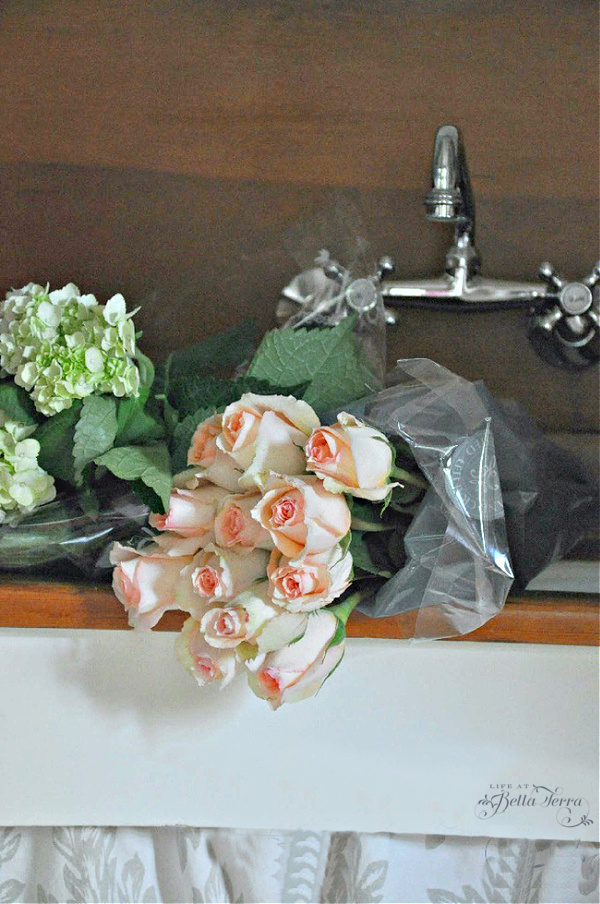
Hi! I just got a beautiful one today from an antique shop – I have always wanted one. The issue is that it is all one piece and there is no where to house water….?! Any tips?
Katie, do you want to send me a picture? I will email you. There should be a place for water.
So beautiful, I am just diving more into the history of this beautiful vessel
Jason, I love them and there is one at Frontgate that is a bit pricey but truly beautiful. I may splurge…
Two of my favorite things—blue and white and tulips!
Your photography is so pretty!
Thanks for sharing!
Happy day!
karianne
Thank you !!!!
Mary, I discovered your blog through KariAnne’s blog, Thistlewood Farms. I have so enjoyed catching up on your posts the last few days! I have loved reading about your beautiful home and family and found your posts to be a welcome escape from all the negativity in the news these days. Thank you for sharing and for the reminder to enjoy the beauty around us:)
Hi Mary,
This was a very interesting insight to “tulip culture”!
Thanks so much!